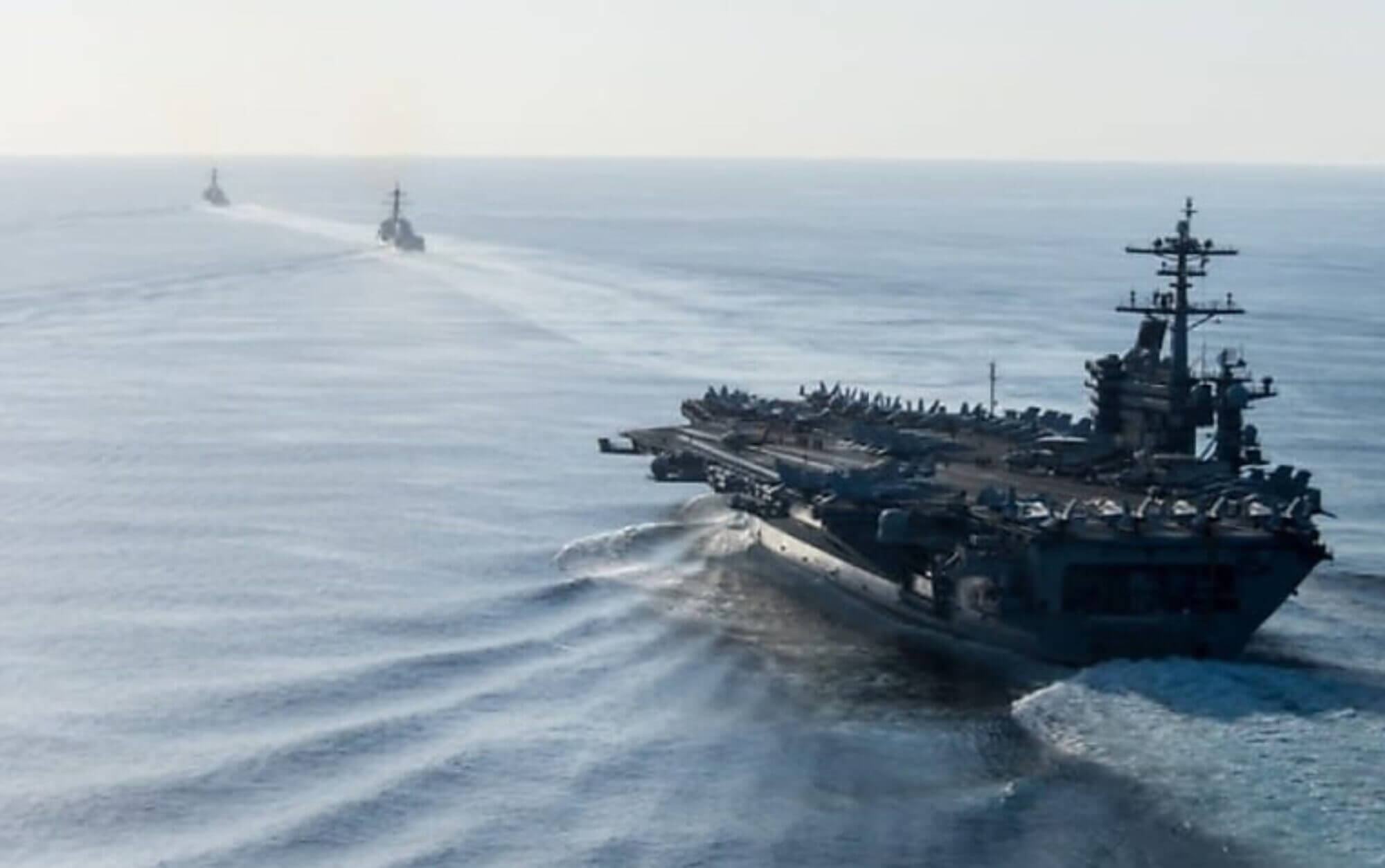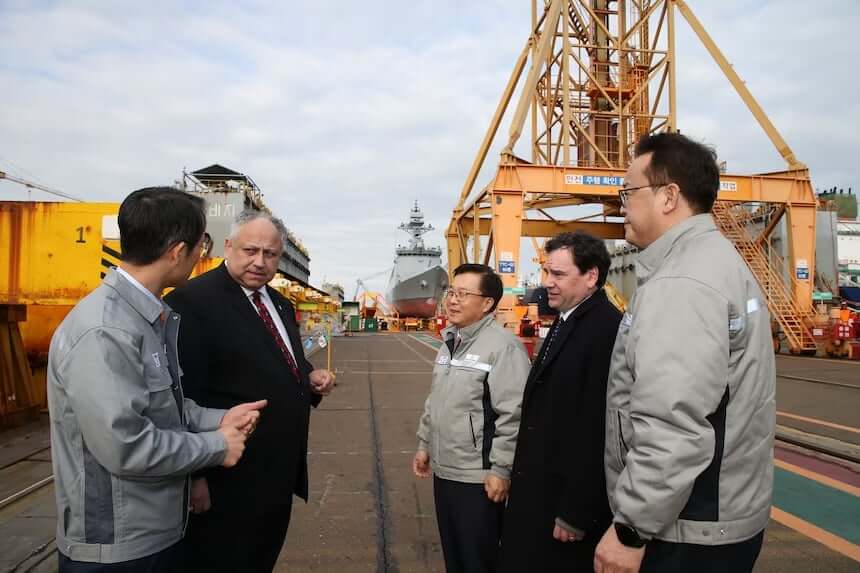
The backbone of American naval power, the U.S. Navy’s shipbuilding industry, is facing a critical juncture. Years of delays in key programs have raised concerns about the Navy’s ability to maintain its edge and keep pace with potential adversaries. But the path forward is a complex one, fraught with economic considerations, national security implications, and the very real question of what price tag comes with rebuilding domestic shipbuilding capacity.
This investigative series will delve into the issue, giving voice to a range of stakeholders and exploring the potential solutions. We, the American people, ultimately foot the bill and rely on a strong Navy. This series aims to provide transparency and spark conversation about how to best move forward.
The Problem: Delays and Mounting Concerns
Recent reports paint a concerning picture. The Navy acknowledges delays of up to three years in major shipbuilding programs, impacting vessels like the Columbia-class submarine and the Constellation-class frigate. These delays raise serious questions about the Navy’s ability to meet its operational needs and deter potential threats.
Stakeholders: Who Has a Say?
Understanding the issue requires hearing from all sides. We’ll be speaking with:
- Navy Leadership: What are the Navy’s specific concerns with delays? What solutions are they exploring?
- Shipbuilders: What challenges are they facing that contribute to delays?
- Policy Experts: How do these delays impact national security on a global scale?
- Taxpayers: What are the economic implications of various solutions, including potential cost increases for domestically-built ships?
A New Twist: The Secretary of the Navy Visits South Korea
Adding another wrinkle to the story, in February 2024, U.S. Secretary of the Navy Carlos Del Toro visited shipyards in South Korea, a world leader in shipbuilding. This visit sparked speculation about whether the Navy might be considering partnerships or outsourcing some shipbuilding efforts to alleviate domestic delays.
New Details Emerge: A Look at the Press Release
An official U.S. Navy press release sheds light on Secretary Del Toro’s visit and reveals some key details:
- Focus on Collaboration: The primary goal of the visit was to attract Korean investment in U.S. shipbuilding facilities. This suggests the Navy is exploring partnerships with South Korean companies to bolster domestic capacity and efficiency.
- Advanced Technology: The press release highlights Secretary Del Toro’s interest in the advanced technology used by Korean shipbuilders. Collaboration could potentially lead to improvements in U.S. shipbuilding techniques.
- Long-Term Vision: The press release emphasizes Secretary Del Toro’s vision for a revitalized U.S. shipbuilding industry that encompasses both commercial and naval vessels. This broader perspective suggests a long-term strategy for strengthening the entire maritime sector.
Looking Ahead: Building Here vs. Outsourcing
The debate hinges on two central options:
- Domestic Shipbuilding: Renewed investment in American shipyards could create jobs and bolster domestic manufacturing. But it might come at a cost in terms of time and expense.
- Outsourcing: Turning to foreign shipyards could expedite production and potentially reduce costs. However, this raises concerns about national security and dependence on foreign entities.
A Complex Calculus: Speed, Cost, and Security
The ideal solution likely lies somewhere between these extremes. We’ll explore:
- The “cost” of outsourcing: Is it solely financial? What are the potential security risks of relying on foreign shipbuilders for critical naval vessels?
- Maximizing Efficiency: Can domestic shipyards improve efficiency to compete with foreign options?
- The Long-Term View: What does a sustainable shipbuilding strategy look like for the U.S.?
We Need Your Voice: Join the Conversation
This investigation is for the American people. We encourage your questions, comments, and insights. As we delve deeper into the issue, let’s have an open dialogue about the future of American shipbuilding.


